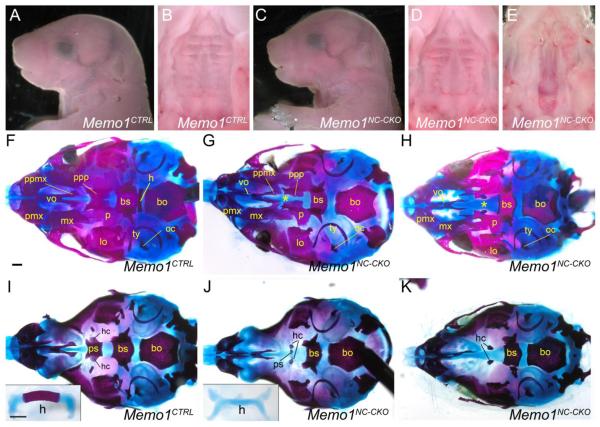Figure 8. MEMO1 has a cell-autonomous function within neural crest cells for cranial base ossification but not for palatal shelf fusion.
(A-E) E18.5 mouse embryo of the genotype indicated, either shown in lateral view (A and C) or a ventral view of the secondary palate (B, D, and E). (F-K) E18.5 craniofacial skeletal preparations of either control (F, I) or Memo1NC-CKO embryos (G, H, J, K), shown in ventral views with either the mandible (F-H) or mandible plus palatal bones (I-K) removed. Insets in I and J show the hyoid element in isolation. “*” denotes region of hypoplastic development of palatal processes (maxillary and palatine bones). Abbreviations: bs, basisphenoid; bo, basioccipital; h, hyoid; hc, hypochiasmatic cartilage; lo, lamina obturans; mx, maxilla; oc, otic capsule; p, palatine; pmx, premaxilla; ppmx, palatal process of maxilla; ppp, palatal process of palatine; ps, presphenoid; ty, tympanic ring; vo, vomer. Scale bars: 500uM.

